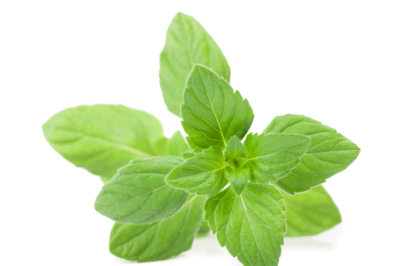Some love it, while others are glad when it finally disappears from the garden. Via self-seeding, catnip likes to multiply quickly on its own. But you can also take the propagation into your own hands.

Method 1: Sowing
After flowering, catnip produces numerous small seeds. Thus, they become new perennials:
- collect them in autumn and sow them in spring
- cover lightly with nutrient-poor soil
- ideal germination temperature: 20 °C
- keep soil moist
- after 2 to 3 weeks the seeds germinate
- plant out after the icemen
Method 2: Division
Another method is the division of catnip. Over the years, a small perennial becomes a plant that takes up a lot of space and likes to lose vigor over time. Therefore, it is advisable to divide the catnip every 2 to 3 years.
The best period has come between April and June. The old plant is dug up. Then take a spade to hand and separate the plant once in the middle. The root balls are watered generously before planting. Then they will grow well.
Method 3: Propagation of cuttings
In early spring or autumn, for example, during the annual pruning of the plant, cuttings can be propagated. This method is the most common, fastest and most effective.
Procedure:
- cut off a 7 to 10 cm long shoot
- remove lower leaves
- place the cutting in a glass or vase with water
- leave in a bright, warm place – attention: out of reach of cats)
- renew water regularly to avoid rotting
- when rooted, plant in soil
Tips & Tricks
There are varieties that are difficult or impossible to propagate by sowing. These include small catnip/blue catnip and white flowering catnip.

